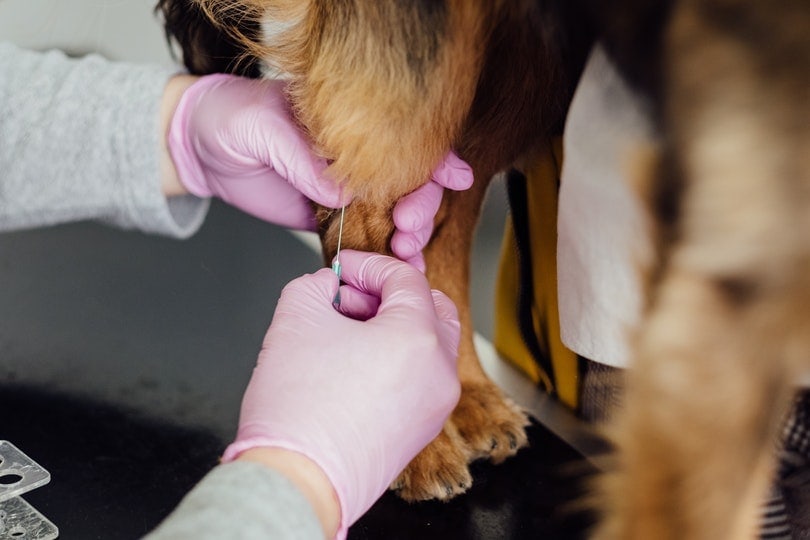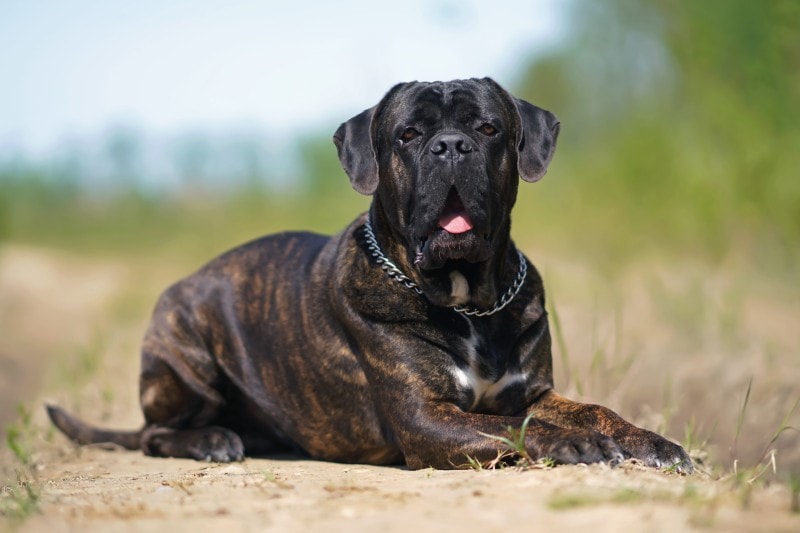Why Is My Corgi So Small? Average Breed Size & FAQs

Updated on
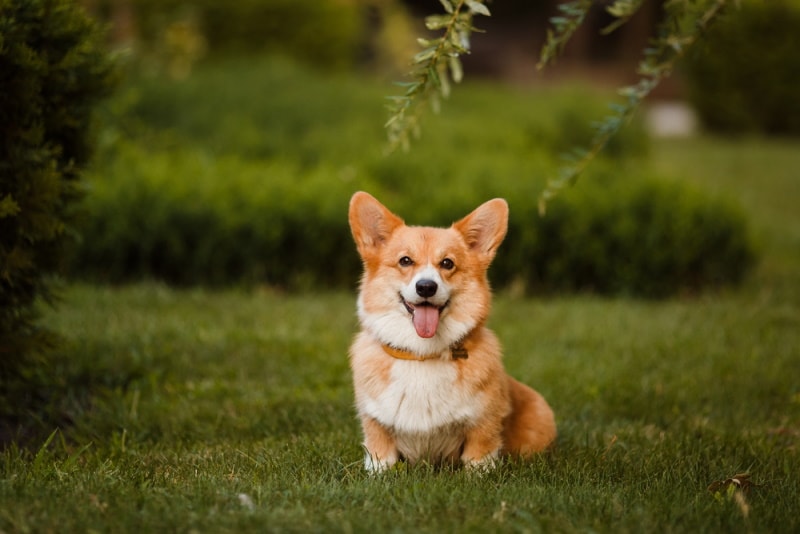
Click to Skip Ahead
Welsh Corgis are distinctive dogs with erect ears, fluffy butts, and a signature “sploot”. But another thing that sets Corgis apart from other breeds is their short, stubby legs.
Corgis are small because they are dwarf dogs—literally. They are achondroplastic, which means they are “true dwarf” breeds. As cattle herding dogs, this short stature helps them stay agile and fast.
History and Origin of the Corgi
Welsh Corgis come in Pembroke and Cardigan varieties, both of which have dwarfism. The Pembroke descended from the Spitz family of dogs, which includes Huskies, Keeshonds, Malamutes, and a variety of Spitz. The Cardigan descended from the Teckel family of dogs, which includes the fellow dwarf Dachshund.
Both Corgi breeds come from adjoining agricultural counties in South West Wales—Pembrokeshire and Cardiganshire, and were used as herding dogs for centuries. At some point in their breeding, Corgis developed a mutation that led to achondroplastic dwarfism (similar to Dachshunds or Basset Hounds) and short legs with long bodies.
The dwarfism may have been a genetic mutation, but it’s now a core component of the Corgi breed standard. Short legs were bred into these dogs to keep them low to the ground, helping them dodge the hooves of cattle.
In addition to herding, the Corgi’s conformation makes it ideal for agility. These dogs tend to use more upper body strength for running and jumping, enhancing their abilities with agility and racing. They also do well in showmanship and obedience classes.
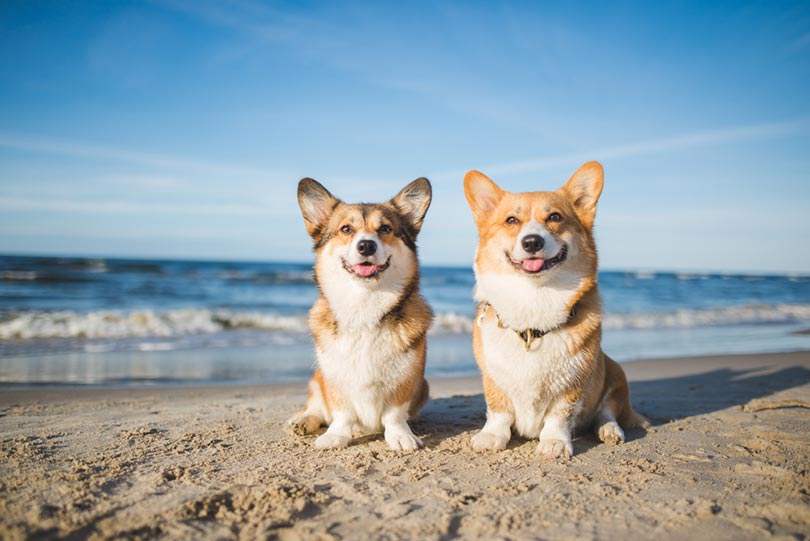
What Is the Average Size of a Corgi?
Corgis reach their full size between a year and 18 months. Their average height and weight are as follows:
- Cardigan Welsh Corgi: 11–13 inches, 31–37 pounds
- Pembroke Welsh Corgi: 9.8–8 inches, 24–31 pounds
The Pembroke is lighter, smaller, and more refined, while the Cardigan is taller, larger, and stockier.
Of course, any individual within these two breeds can be larger or smaller, depending on its genetics. As long as it’s a healthy weight for its frame, there shouldn’t be cause for concern. Ask your vet about your dog’s size, weight, and growth if you have concerns.
Both breeds of Corgis are prone to obesity, which can be even harder on a dog with short legs and a long back. Corgis can suffer back problems or joint injuries from carrying extra pounds, so it’s important to keep your Corgi at the ideal weight.
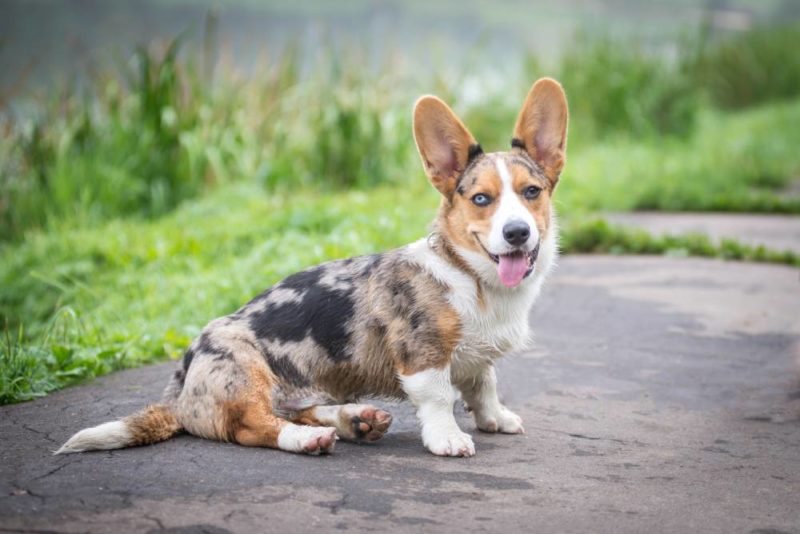
What Is a Miniature Corgi?
A Miniature Corgi, or Teacup Corgi, is a type of Welsh Corgi that’s been bred to be even smaller than a standard Corgi. Breeders do this by breeding the smallest Corgis together or mixing Corgis with smaller breeds that also display dwarfism.
Neither is a healthy or ethical approach to breeding. While these dogs otherwise look and behave like standard Corgis, they’re much smaller and may suffer genetic defects or health problems.
In addition, ethical breeding is breeding the most exemplary dogs with exceptional conformation, ability, and temperament to further the breed in a positive way. When breeders are looking only to produce one trait, such as a smaller Corgi, the other considerations may fall by the wayside. Strictly speaking, two-litter “runts” are not ideal specimens of the breed—quite the opposite!
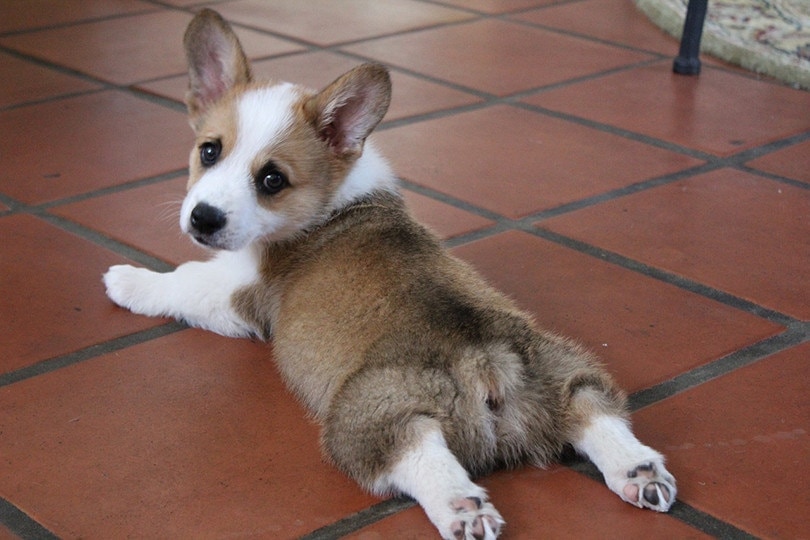
Conclusion
Welsh Corgis are small by design. These dwarf herding dogs evolved to become more effective heelers, and their short stature makes them quicker and more agile, allowing them to duck and dodge a cow’s kicks and stomps. While all Corgis are on the small side, some individuals may be smaller than others from breeding, health issues, or other factors.
Featured Image Credit: Pchela Vladimir, Shutterstock

